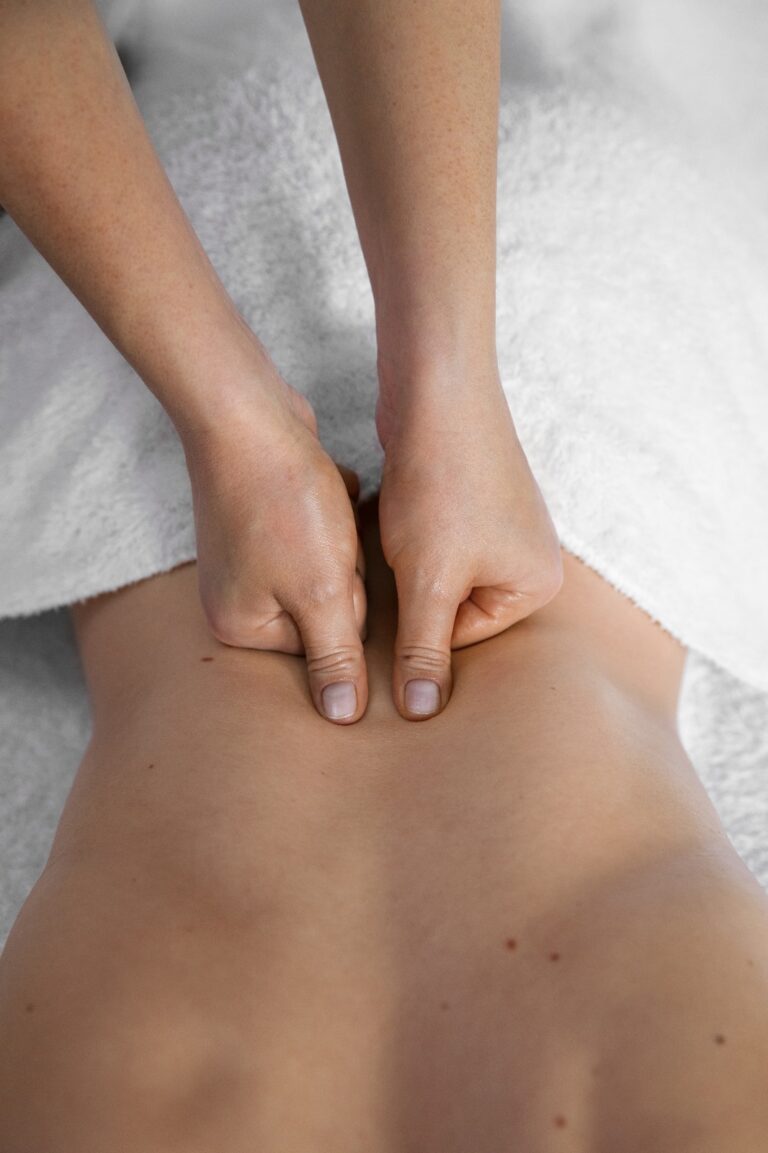Massage Therapy
Massage Therapy
Massage therapy is a form of manual therapy that involves the manipulation of soft tissues in the body to promote relaxation, alleviate pain, improve circulation, and enhance overall well-being. It is one of the oldest healing practices, with roots in various cultures around the world
Here’s an overview of massage therapy:
- Techniques: Massage therapists use a variety of techniques to manipulate the muscles, connective tissues, tendons, ligaments, and joints. Common techniques include Swedish massage (long strokes, kneading, and circular motions), deep tissue massage (focused pressure on deeper layers of muscle), sports massage (targeted at athletes to improve performance and aid in recovery), and trigger point therapy (focused pressure on specific areas of muscle tension or pain).
- Benefits:
- Relaxation: Massage therapy promotes relaxation by reducing muscle tension, lowering stress hormones (such as cortisol), and triggering the release of endorphins, the body’s natural painkillers.
- Pain Relief: Massage can help alleviate both acute and chronic pain by improving blood flow, reducing inflammation, and releasing tension in tight muscles.
- Improved Circulation: The pressure and movement of massage techniques stimulate blood flow, enhancing circulation and delivering oxygen and nutrients to tissues throughout the body.
- Rehabilitation: Massage therapy can be a valuable component of rehabilitation programs for injuries, surgeries, or chronic conditions. It can help improve range of motion, flexibility, and tissue healing.
- Stress Reduction: Massage therapy can have a calming effect on the nervous system, helping to reduce anxiety, depression, and symptoms of stress-related disorders.
- Enhanced Well-being: Regular massage therapy sessions can contribute to overall physical and mental well-being, promoting relaxation, rejuvenation, and a sense of balance.
- Conditions Treated: Massage therapy can be beneficial for a wide range of conditions, including:
- Musculoskeletal pain (e.g., back pain, neck pain, shoulder pain)
- Soft tissue injuries (e.g., strains, sprains, tendonitis)
- Headaches and migraines
- Stress-related disorders (e.g., anxiety, insomnia, tension headaches)
- Circulatory problems (e.g., poor circulation, swelling in the extremities)
- Postural imbalances and muscle tension related to sedentary lifestyles or repetitive activities
- Contraindications: While massage therapy is generally safe for most people, there are certain conditions where caution or avoidance may be necessary. These may include infectious skin conditions, open wounds, fractures, severe osteoporosis, deep vein thrombosis, and certain medical conditions (e.g., cancer, cardiovascular disease) where massage may exacerbate symptoms or pose risks.
- Professionalism and Training: It’s important to seek massage therapy from qualified and licensed practitioners who have undergone formal training and adhere to professional standards of practice. Massage therapists should have a comprehensive understanding of anatomy, physiology, and massage techniques, as well as good communication skills and a client-centered approach to care.
Overall, massage therapy can be a valuable tool for promoting physical and mental well-being, reducing pain and tension, and supporting overall health and vitality. It is often used as part of a holistic approach to wellness, complementing other treatments such as physical therapy, chiropractic care, and stress management techniques.


